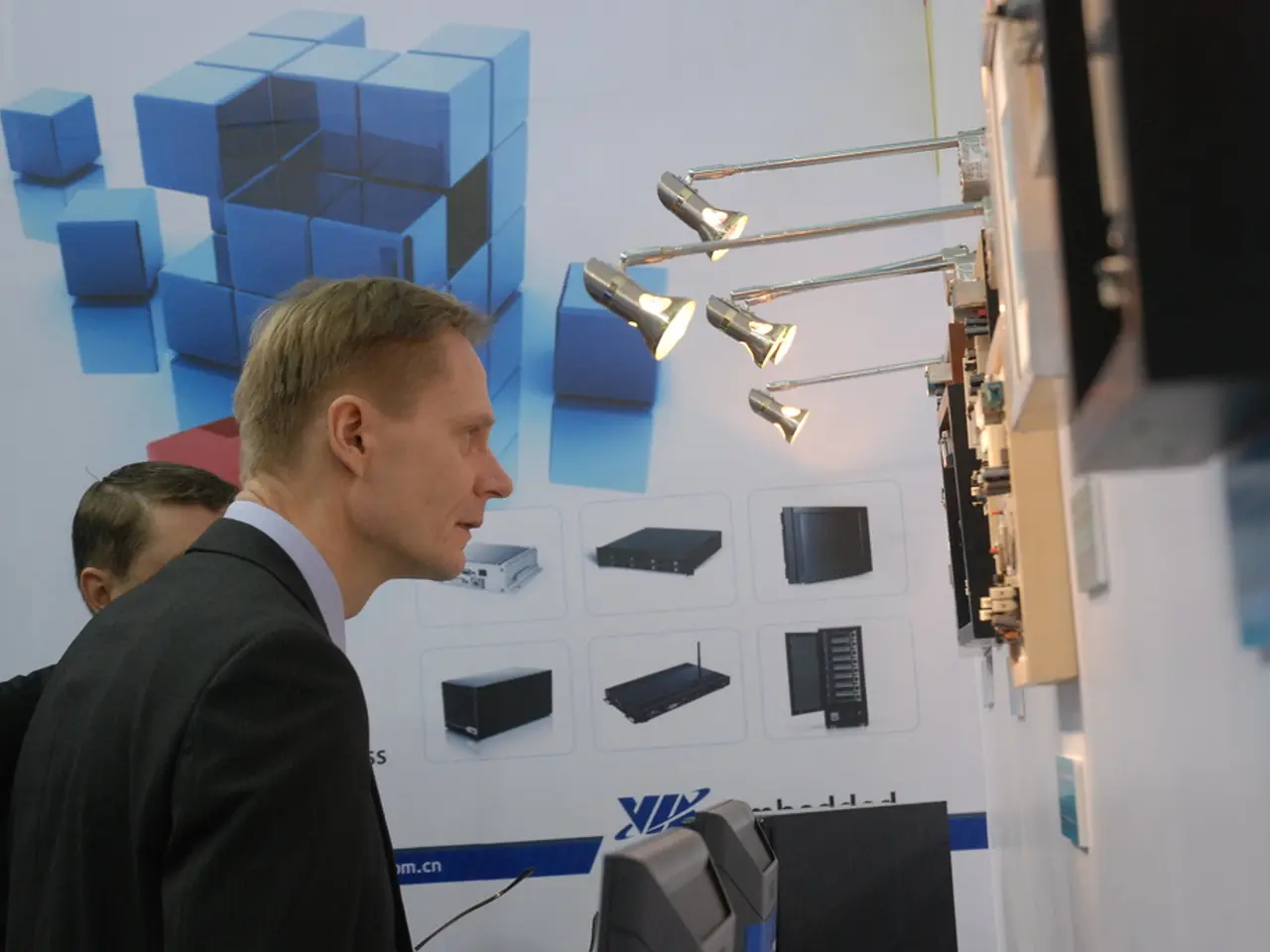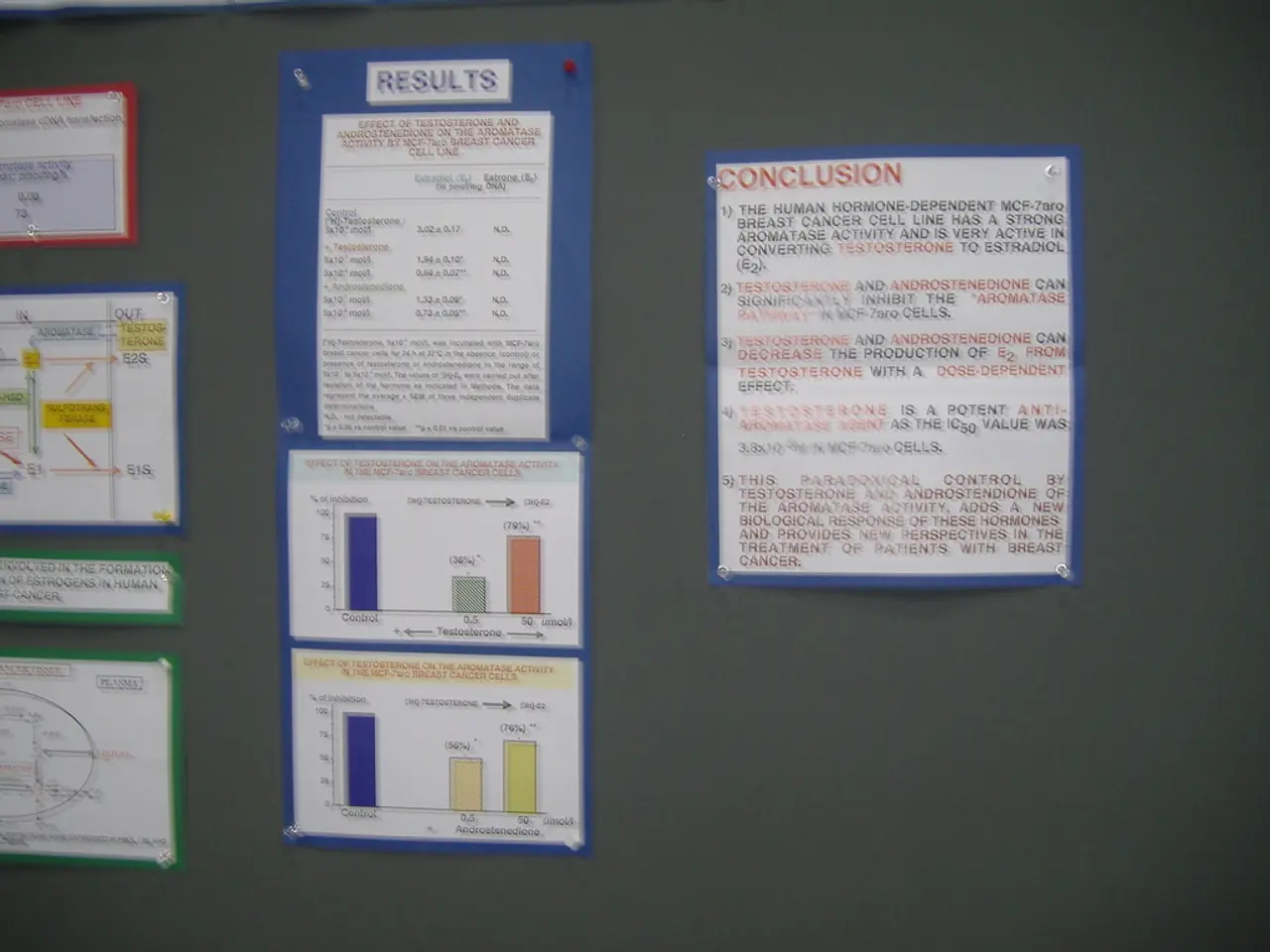Exploring the Realm of Aesthetic Computing: A Brief Overview
Aesthetic computing, a multidisciplinary field that blends aesthetics with computational methods, is revolutionising the way we perceive and interact with technology. This innovative approach, which uses algorithms and information theory to quantify aesthetics, is transforming the way we understand and create art and design[1].
At the heart of aesthetic computing lies interaction design, a discipline that focuses on enhancing user experiences by creating intuitive and responsive interfaces. This emphasis on usability, accessibility, and user satisfaction is crucial in incorporating aesthetics into digital products[2].
Holistic design, another essential component, integrates physical and digital interactions, ensuring consistency and emotional resonance across all aspects of a product or service[3]. This approach aligns with the evolution of aesthetic computing, as it considers the broader context and user journey, which is essential for creating cohesive and aesthetically pleasing experiences.
While the term "Embodied Formal Languages" isn't explicitly mentioned in the search results, we can infer its connection to the evolution of aesthetic computing through the lens of embodied cognition and formal languages in design.
Embodied cognition, a concept that suggests the mind is distributed throughout the body and shaped by sensorimotor experiences, could mean designing interfaces that recognise and respond to human body language and gestures, creating a more immersive and embodied aesthetic experience.
Formal languages, traditionally used in computing to describe the syntax and semantics of programming languages, could be extended to an aesthetic context. In this context, formal languages could be used to define and systematise the rules governing the creation of aesthetically pleasing and interactive systems, potentially leading to more predictable and pleasing user experiences.
The evolution from aesthetic computing to "embodied formal languages" could involve several steps. First, aesthetic principles would be integrated into interaction design to create more engaging and user-centered experiences. Next, holistic design approaches would be adopted to ensure consistency and appeal across all user touchpoints. Then, embodied cognition would be incorporated, designing systems that recognise and respond to human body language and gestures. Finally, formal languages would be developed to describe and systematise aesthetic principles in design, leading to more predictable and pleasing aesthetic outcomes.
In essence, while the specific term "Embodied Formal Languages" is not directly discussed in the search results, the evolution from aesthetic computing to such a concept involves integrating aesthetics with interaction design, adopting holistic design principles, incorporating embodied cognition, and formalising aesthetic rules in design. This evolution is shaping the future of technology and design, offering a more immersive, intuitive, and aesthetically pleasing user experience.
For a comprehensive understanding of the field, readers are encouraged to delve into "Aesthetic Computing" by Paul A. Fishwick. Additionally, other forms of media can provide valuable insights into ideas for aesthetic computing, offering a wealth of inspiration for the future of this exciting and evolving field.
[1] Fishwick, P. A. (2011). Aesthetic Computing. MIT Press. [2] Norman, D. A. (2002). The Design of Everyday Things. Basic Books. [3] Brown, T. (2009). Change by Design: How Design Thinking Transforms Organizations and Inspires Innovation. HarperCollins.
UI design in this evolutionary context of aesthetic computing plays a crucial role, as it focuses on translating aesthetic principles into intuitive and responsive digital interfaces that cater to human body language and gestures, as depicted by the concept of embodied cognition.
Artificial-intelligence, meanwhile, can be instrumental in further advancing the field by developing formal languages that systematize and described the rules governing the creation of aesthetically pleasing and interactive systems, aligning with the anticipated embodied formal languages evolution in aesthetic computing.




